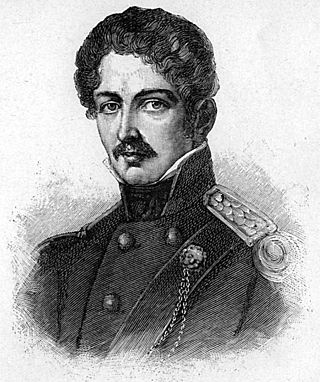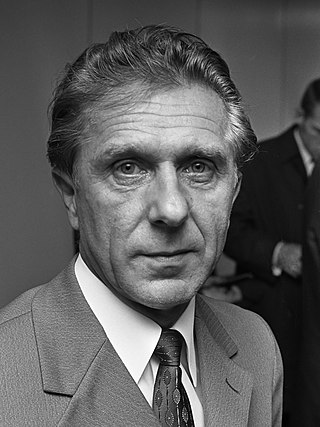
Karl Koberstein (born Schulpforta, 15 February 1836; died Wilmersdorf, 15 September 1899) was a German dramatist. [1]

Karl Koberstein (born Schulpforta, 15 February 1836; died Wilmersdorf, 15 September 1899) was a German dramatist. [1]
He was the son of August Koberstein, a literary historian. He studied at the Stettin gymnasium, and then dedicated his life to the stage (1856). He was a member of the Dresden court theatre from 1862 until his retirement in 1883. He gained renown through his tragedies Florian Geyer (Dresden, 1863) and König Erich XIV (Dresden, 1869), and the comedy Was Gott zuzammenfügt, das soll der Mensch nicht scheiden (What God joins together, people should not part; Dresden, 1872). He published the Preussisches Bilderbuch (Prussian picture book; Leipzig 1887). [1]

Heinrich Leberecht Fleischer was a German Orientalist.

Johann Michael Adolf Furtwängler was a German archaeologist, teacher, art historian and museum director. He was the father of the conductor Wilhelm Furtwängler and grandfather of the German archaeologist Andreas Furtwängler.

Adam Friedrich Oeser was a German etcher, painter and sculptor.

Ernst Engel was a German statistician and economist, famous for the Engel curve and Engel's law.

Carl Theodor Körner was a German poet and soldier. After having lived for some time in Vienna, where he wrote some light comedies and other works for the Burgtheater, he became a soldier and joined the Lützow Free Corps in the German uprising against Napoleon. During this time, he displayed personal courage in many fights, and inspired his comrades by fiery patriotic lyrics he composed. One of these was the "Schwertlied", composed during a lull in fighting, only a few hours before his death, and Lützow's wilde Jagd, each set to music by both Carl Maria von Weber and Franz Schubert. He was often called the "German Tyrtaeus."

Karl Rudolf Heinze was a German jurist and politician. During the Weimar Republic, as a member of the right-of-centre German People's Party (DVP) he was vice-chancellor of Germany and minister of Justice in 1920/21 in the cabinet of Konstantin Fehrenbach and from 1922 to 1923 again minister of Justice under Wilhelm Cuno.

Leo Königsberger was a German mathematician, and historian of science. He is best known for his three-volume biography of Hermann von Helmholtz, which remains the standard reference on the subject.

Christian Gottfried Körner was a German jurist. His home was a literary and musical salon, and he was a friend of Friedrich Schiller.

Karl Friedrich Lessing was a German historical and landscape painter, grandnephew of Gotthold Ephraim Lessing and one of the main exponents of the Düsseldorf school of painting.

Walter Fritzsch was a German football player and manager.

Johann Friedrich Kind was a German dramatist, most famous for writing the libretto for Carl Maria von Weber's opera Der Freischütz (1821).

Karl Ferdinand Becker, was a German writer on music, composer and an organist.

Wilhelm Gottlieb Becker was a German art historian, numismatist, and author.

Karl Isidor Beck was a Hungarian-Austrian poet.
Georg Köberle was a German author and dramatist.

Karl August Koberstein was a German literary historian.

Karl Christian Bruhns was a German astronomer.

Karl Johann Philipp Spitta was a German Protestant religious poet.

Oskar Zwintscher was a German painter. He is often associated with the Jugendstil movement.

Kurt Karl Alexander Oscar Boeck was a German actor, and mountaineer who travelled across South Asia in the 1890s, photographed, and wrote on his experiences.